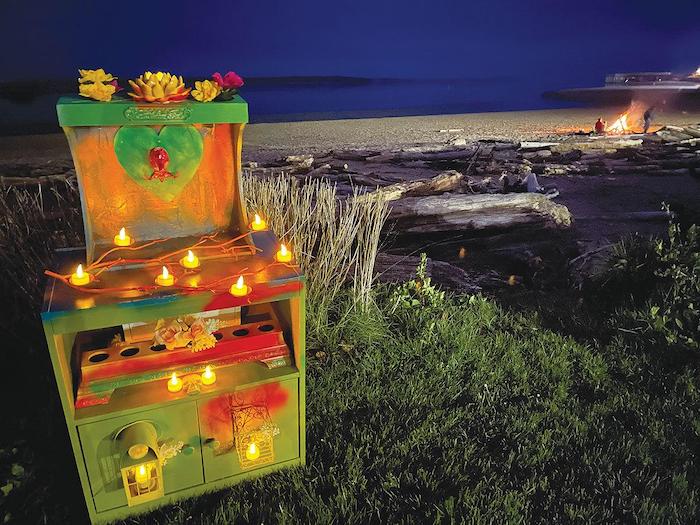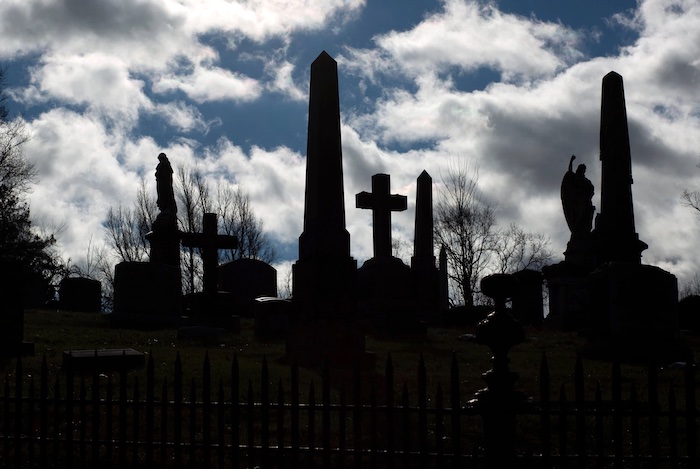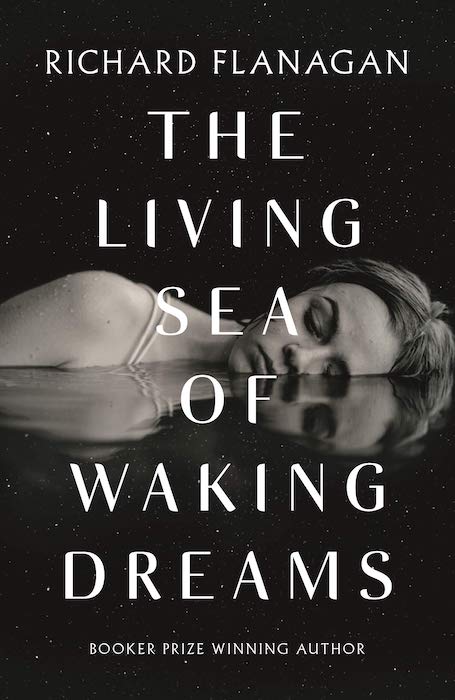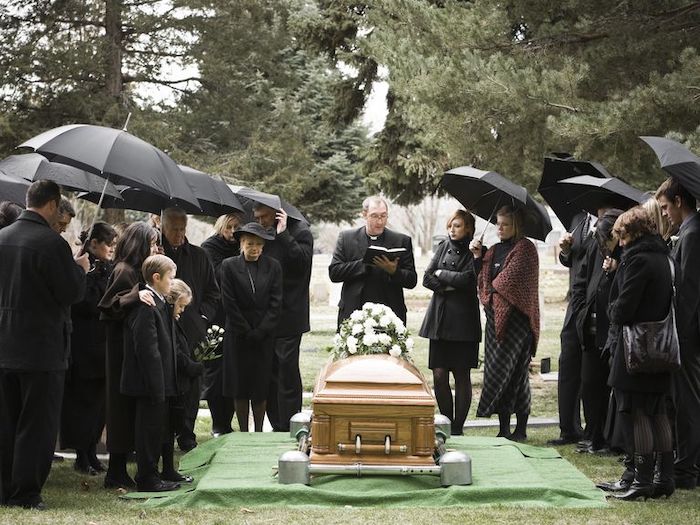In This era, personalizing a funeral service is considered a standard rather than a preference. Some families start to recognize and plan for a meaningful
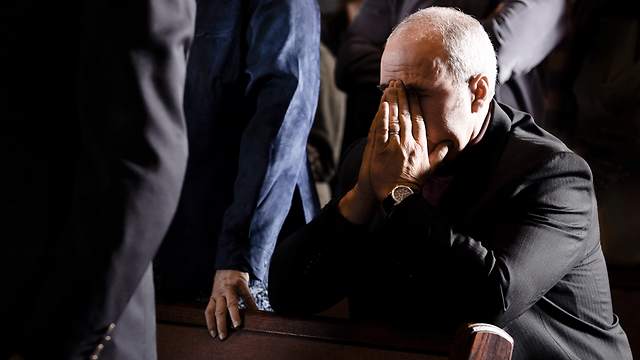
In This era, personalizing a funeral service is considered a standard rather than a preference. Some families start to recognize and plan for a meaningful service that helps understand the real meaning of life. That is a crucial part of one’s life as well.
The aspect of remembering them long after they are gone and providing them with a quality service that does them and their lives justice is important in more ways than one.
That is why planning a funeral is not a one-size-fits-all. Each family may want to recognize their loved one’s and their lives in a different way. It makes sense too, as each family is different. They may have different cultures, values, traditions, and practices in how they seek to recognize the death of a loved one. This indicates that traditional funerals are now becoming a distant memory. Currently, there are many ideas for personalizing a funeral service to honor your loved ones.
Easy Personalization Ideas to Honor a Loved One
Nowadays, families see funerals as a performance of crowning consisting of a stage made, which contains props that make it different.
Here are a few compelling ideas and ways to honor a loved one in a more custom and unique way at their funeral service in your area. Recall that these ideas can serve as a starting point and then can transform into other ideas as you figure out what is right for you, your family and your loved ones.
Let us discuss the three main primary ideas below.
1. Designing a Memory Table
When we talk about the essential idea for personalizing funeral service is to create a memory table. One can do a lot of things on a memory table. The memory table can be set as stations that indicate the chapters or passions of the deceased loved one. By designing a memory, a table will always help you to think about your loved ones, and they will always stay alive in your memory!
2. Create a Social Memorial Website for the Deceased Person
To keep the memories alive, we can create a website that can be shared with all the family members of the family. A social memorial website is considered to be an obituary. It can include a Facebook page where anyone can share photo albums, family trees, and memories with the deceased individual anytime from anywhere in the world. This can be done to tribute to the loved ones.
3. Select Meaningful Sympathy Flowers
Flowers are always considered best in any of the events. That is why flowers are given in even funeral service as well. This is an excellent way to customize the ceremony of the deceased loved one. One may select the favorite roses or flowers. One can also pick petals of different colors. You can easily find unique and creative ideas to choose flowers traditionally used to give to loved ones.
This is quite crucial in honoring your loved ones, the right partner can help to make that event even more memorable.
Complete Article ↪HERE↩!

